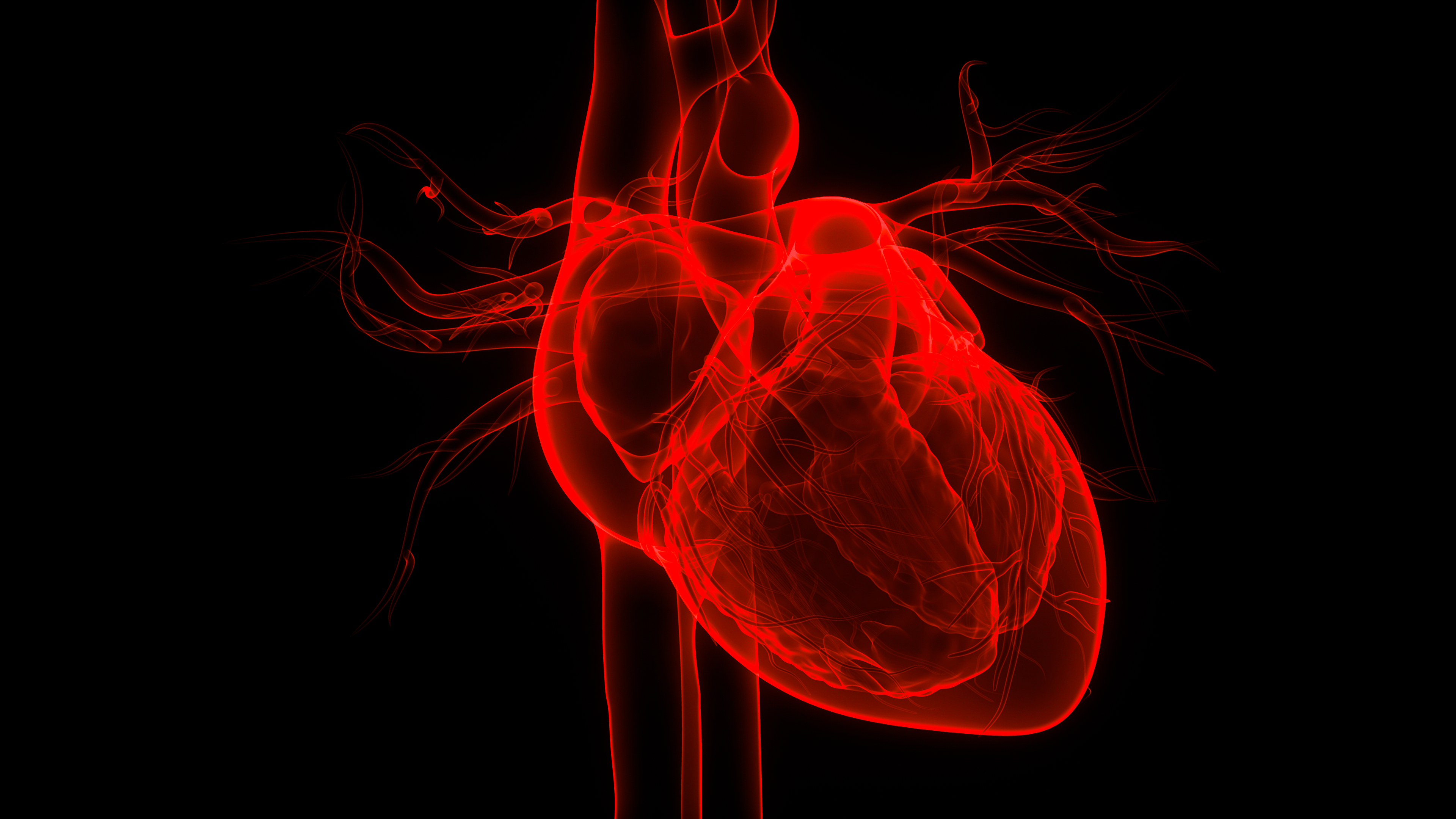New York got COVID in January. It spread unimpeded for a good 2 months at least, and the system handled it just fine. We lived our normal lives. There were even massive parades and gatherings that the lockdown maniacs were telling us we should go to. When we got sick, and I got very sick with a flu-like illness that included a fever, hacking cough, and joint pain, we stayed home until we felt better.
NYC went into lockdown hysteria at the same time that everyone else did, when retard Rudy Gobert got that positive test that shut down the NBA. The truth is we have no idea how many people got COVID during this time, because nobody was testing, and nobody was implementing these insane procedures. We also have no idea how many people got or had the disease as late as May because there wasn't the test infrastructure to do so on a wide scale - the advice was, if you think you have it, stay home unless you have to go to the hospital. But just going by what living in this petri dish is like, it was a lot.
We don't know exactly how many people got the virus, but we do know that it initially spreads exponentially, and that the number of new cases and new deaths will be accelerating until the peak is reached. So we should expect deaths to initially remain at the baseline level, while absolute case numbers are low, and then to rocket upwards after several weeks of doubling (eg doubling every two days, cases can go from 2 to 46,000 in a month).
So if you are right, and we had two months of free spread, there should be a big "undiagnosed" jump in deaths
before the first case was seen at the beginning of March. Here you can see the excess death figures for NYC:
Figures present excess deaths associated with COVID-19 at the national and state levels.

www.cdc.gov
Deaths are basically flat and below the baseline level until 21st of March when they start increasing. With a 3 week lag, that puts the start of the spike at around the beginning of March, and widespread community transmission perhaps several weeks before, which matches up with evidence that the virus was already circulating at low levels in February.
"It is not known how many U.S. infections occurred during February and March, but
overall disease incidence before February 28 was too low to be detected through emergency department syndromic surveillance data."
https://www.cdc.gov/mmwr/volumes/69/wr/mm6922e1.htm
Finally, if you look at the actual peak of the virus in NYC, it occurs at the exact same time there as it does in the state as a whole (
https://gothamist.com/news/coronavirus-statistics-tracking-epidemic-new-york). If NYC really peaked because the virus "burnt out" there, shouldn't this have happened before the rest of the state, which had a proportionally smaller case/death count? Especially if your argument is that there were several months of free transmission time in NYC. And again if the virus has burnt out in NYC, then it's strange that R is still around 1, since without enough remaining susceptible population to infect it should rapidly die off.
(Obviously even if "only" 25% of the population of NYC is immune, that will still make it significantly easier to keep R below 1. And there may be specific neighbourhoods that do now have herd immunity –
https://www.independent.co.uk/news/...dies-neighbourhoods-second-wave-a9612166.html )









